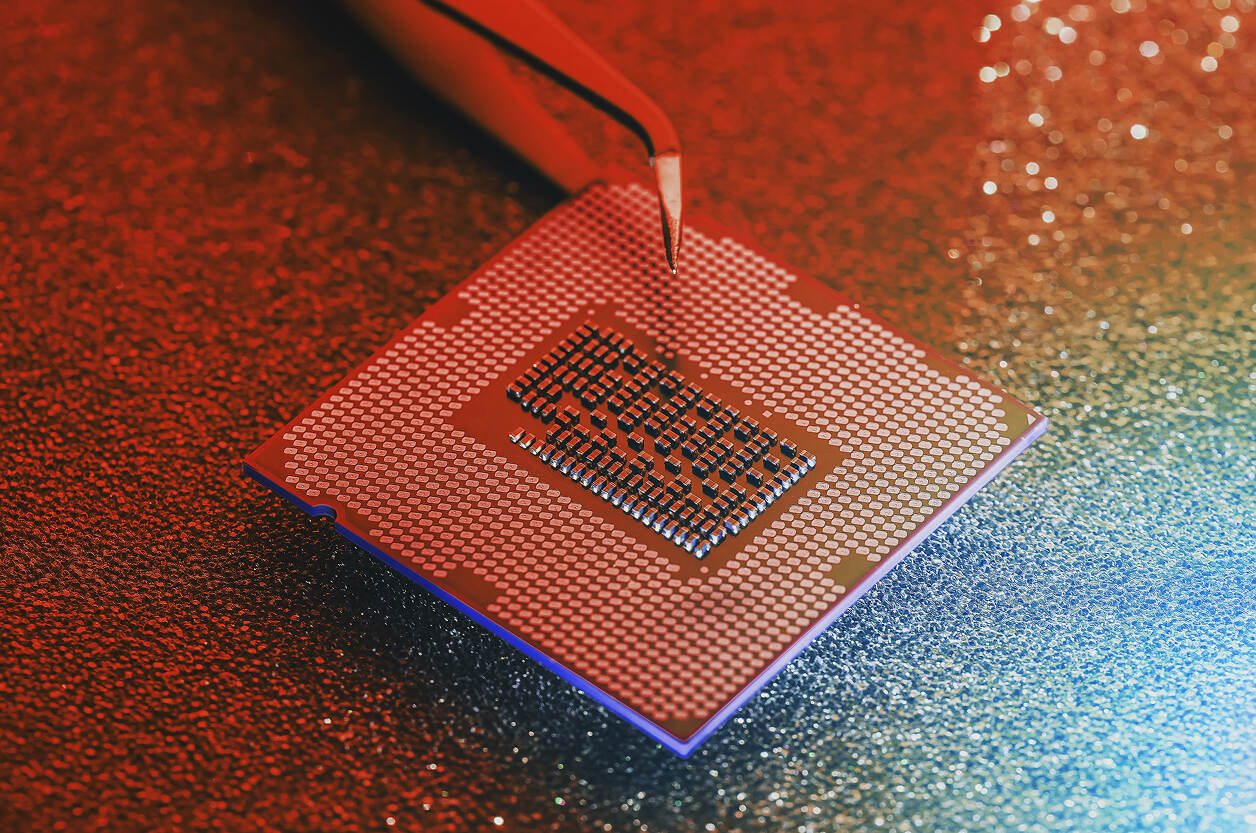CPLD Trends: Analysis of Developments and the Impact of Discontinued AMD FPGA and CPLD Lines

Introduction: Why CPLDs Still Matter in a Post-FPGA World
In a world increasingly dominated by complex FPGAs and SoCs, Complex Programmable Logic Devices (CPLDs) continue to play a crucial role in embedded system design. Their simplicity, low power consumption, instant-on behavior, and deterministic logic make them indispensable for specific use cases such as I/O expansion, glue logic, and secure boot sequencing.
However, recent announcements by AMD (Xilinx) to phase out certain CPLD and low-end FPGA product lines have sent ripples through the embedded development community. Designers now face tighter supply chains, accelerated EOL timelines, and the need to rethink component selection strategies.
In this article, we break down current CPLD market trends, analyze AMD's recent product changes, and explore viable alternatives for long-term design resilience.
The State of the CPLD Market in 2025
While the programmable logic market as a whole is moving toward high-performance FPGAs, there is a persistent demand for low-density, cost-effective programmable logic. CPLDs still shine in the following scenarios:
- Board bring-up and early configuration control
- Secure boot control logic
- Low-latency power sequencing
- Compact protocol bridging
- Legacy system maintenance and retrofits
Market trends:
- Long lifecycle industrial and aerospace systems still rely heavily on CPLDs due to qualification complexity and legacy design reuse.
- Suppliers are reducing investment in CPLD R&D in favor of more profitable FPGA lines, especially those with AI acceleration.
- Device availability windows are shrinking, pushing OEMs to lock in sourcing or redesign ahead of EOL.
AMD/Xilinx Discontinuations: What’s Changing
In late 2023 and 2024, AMD formally announced the discontinuation of several low-end programmable logic families, including:
- Xilinx CoolRunner-II CPLDs
- Spartan-6 FPGAs
- Older legacy CPLDs under XC9500 series
These components were widely used for:
- Low-cost embedded logic control
- Secure boot logic in FPGA-heavy systems
- Interfacing between microcontrollers and industrial buses
Timeline and implications:
- Last-time-buy windows range from 2024–2025
- Full discontinuation by 2027 in most product families
- OEMs must validate alternatives or redesign entire control logic chains
Promwad Insight: We’ve already helped multiple clients migrate from Spartan-6 and CoolRunner-II to modern alternatives such as Lattice MachXO3 and Microchip ATF1500AS families.
Alternatives to Xilinx CPLDs and Legacy FPGAs
When considering replacements, key criteria include pin compatibility, configuration interface, propagation delay, and vendor support.
Viable CPLD Alternatives:
- Lattice Semiconductor – MachXO2 / MachXO3L
Flash-based, instant-on behavior
Built-in hardened I2C/SPI blocks
Up to 9400 logic elements - Microchip ATF15xx Family
Atmel-compatible architecture
Supported by open-source tools like WinCUPL - Intel MAX 10 (though more FPGA than CPLD)
Integrated analog-to-digital conversion
Single-chip solutions for modest logic needs
Design Considerations:
- Flash-based devices offer better supply chain flexibility
- Consider shift to small-footprint FPGAs with configuration flash
- Evaluate toolchain maturity and support for long-term projects
Case Study: Migrating Secure Boot Logic from Xilinx CPLD to Lattice MachXO3
A Promwad client building industrial networking equipment relied on a CoolRunner-II CPLD for:
- Enforcing bootloader access policies
- Enabling watchdog logic during firmware updates
- Implementing low-latency SPI bridging
With CoolRunner-II marked for discontinuation, Promwad assisted in:
- Porting logic to a Lattice MachXO3L device
- Rewriting HDL with minimal changes
- Testing system timing and ensuring functional equivalence
Results:
- Reduced BOM cost by 12%
- Gained extra I/Os and logic capacity for future features
- Implemented OTA update control directly in logic fabric
Future Outlook: Will FPGAs Fully Replace CPLDs?
Not quite. While low-end FPGAs with non-volatile configuration offer many benefits, CPLDs remain more:
- Deterministic: No multicycle startup delays
- Compact: Smaller packaging and logic footprint
- Power-stable: No need for configuration sequences or flash storage
However:
- The market will continue consolidating
- Hybrid devices (e.g., with integrated hard IP blocks) will dominate mid-range use cases
- Designers should consider CPLDs as part of “system glue” only when absolutely necessary, and plan transition paths

Tools and Ecosystems Supporting CPLD and FPGA Transitions
Beyond hardware, choosing the right toolchain is critical for smooth CPLD replacement or migration to small FPGAs. Here are some ecosystems developers rely on in 2025:
- Lattice Diamond and Radiant Tools
User-friendly for migrating from Xilinx ISE or Vivado
Broad support for MachXO2, MachXO3, and CrossLink families - Microchip Libero SoC
Ideal for ATF15xx and small PolarFire/IGLOO2 projects
Includes constraint management and simulation for timing closure - Open-Source Workflows
Yosys + nextpnr + IceStorm: Often used with Lattice iCE40 and MachXO
WinCUPL: Still maintained for legacy Atmel CPLD workflows
SymbiFlow: Open FPGA place-and-route for small projects - Vendor-neutral simulation and synthesis
ModelSim / Questa: Industry-standard for HDL testbenches
GHDL: Free and VHDL-compliant simulator
Having flexible HDL code (VHDL/Verilog) and portable testbenches enables smoother migration across devices.
Final Thoughts: Prepare Your Designs for Post-CPLD Resilience
The embedded design ecosystem is evolving — and while CPLDs still fill a niche, relying on aging families like CoolRunner-II is no longer sustainable.
OEMs should:
- Audit designs for CPLD dependencies
- Evaluate migration paths early (before LTBs close)
- Consider platform consolidation with FPGAs or SoC+FPGA combos
At Promwad, we support full lifecycle transitions — from sourcing EOL parts and redesigning HDL to validating timing and EMC in the new hardware. If your logic is still glued together by legacy CPLDs, it may be time to future-proof it.
Our Case Studies in FPGA Design





